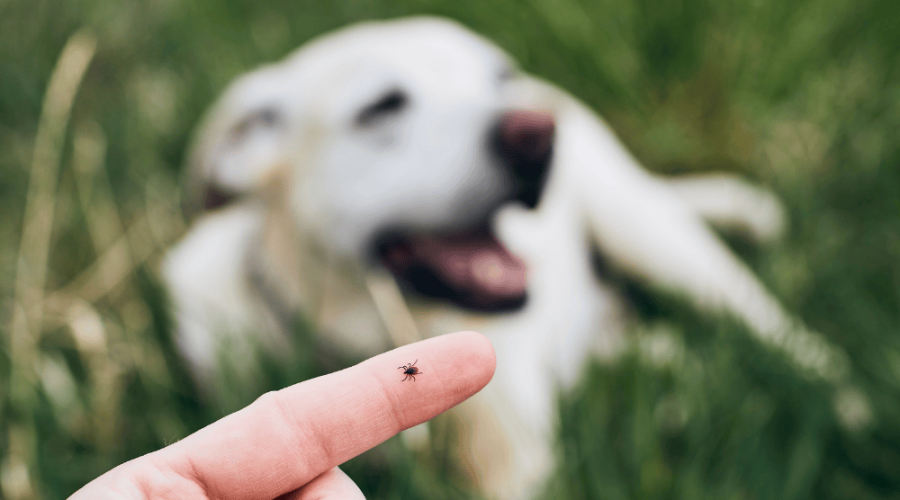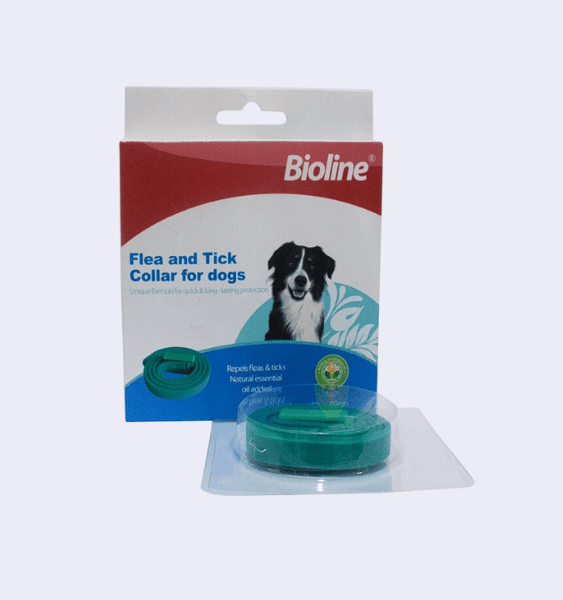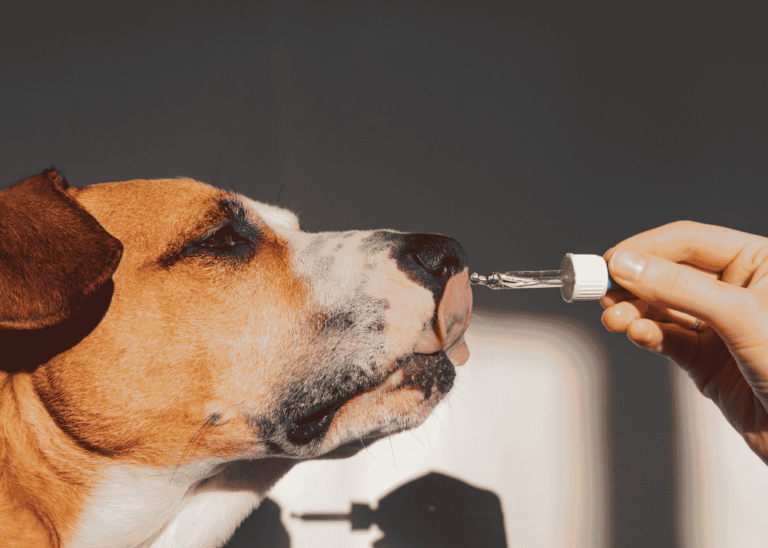Our pets bring joy and companionship to our lives, but as pet owners, it’s essential to safeguard them from the various risks that outdoor adventures can bring. One of the most common concerns, especially during warmer months, is tick infestation. These tiny parasites can latch onto your furry friend, causing discomfort and potentially spreading diseases. Here’s a guide on how to protect your beloved pets from ticks and keep them healthy and happy.
Use Tick Preventatives
There are numerous options available when it comes to protecting your pets from ticks. These include topical treatments, oral medications, tick collars, and sprays. Speak with your vet to find the best preventative that fits your pet’s needs. Make sure to apply the treatment regularly, as directed, to ensure full protection. Popular options include:
- Spot-on Treatments: Applied to your pet’s skin and usually effective for a month.
- Oral Medications: These pills are given once a month to prevent both fleas and ticks.
- Tick Collars: These can be effective for several months and release chemicals that repel ticks.
Our Product recommendations
- All
- Accessories
- Dog food
- Grooming
- Health and Wellness
- Shopee deals
- Toys
- Treats

Regular Grooming and Tick Checks
After spending time outdoors, especially in areas with tall grass or dense vegetation, it’s crucial to check your pet for ticks. Look in common hiding spots, like behind the ears, between toes, under the collar, and around their tail. Running your hands through your pet’s fur or using a fine-tooth comb can help you feel or spot any attached ticks. If you find one, remove it promptly using a tick-removal tool or tweezers, ensuring the entire tick is pulled out.
Maintain Your Yard
Keeping your outdoor spaces tidy can significantly reduce the chances of a tick infestation. Ticks thrive in tall grass, shrubs, and leaf litter. Regularly mow your lawn, trim back bushes, and remove piles of leaves or debris where ticks may hide. Consider placing tick-repellent plants like lavender, sage, or rosemary around your yard to naturally deter ticks.
Choose Tick-Resistant Paths for Walks
When walking your dog, stick to open, sunny paths instead of shaded, grassy, or wooded areas where ticks are more likely to live. If you enjoy hiking or taking your pets to nature trails, try to keep them on marked paths to minimize their contact with tick-infested areas.
Consider Vaccination
In areas where tick-borne diseases like Lyme disease are common, vaccination might be a wise option. While tick preventatives help minimize risk, no method is 100% foolproof. Talk to your vet about whether the Lyme disease vaccine is recommended for your dog based on your location and lifestyle.
Know the Signs of Tick-borne Illnesses
Even with the best prevention methods, sometimes ticks still manage to bite. Be vigilant and watch for signs of tick-borne diseases, which can include lethargy, joint pain, fever, loss of appetite, and difficulty walking. If your pet shows any of these symptoms, seek veterinary care immediately. Early diagnosis and treatment can make a significant difference.
Use Natural Repellents
If you prefer a more natural approach, some essential oils have been found to repel ticks. Oils such as lavender, lemon, eucalyptus, and cedarwood can be diluted and used as a spray on your pet’s coat before heading outside. However, always consult with your vet before applying any natural remedies to ensure they are safe for your pet.
Regular Vet Visits
Routine vet checkups are essential for keeping your pet tick-free. Your vet can examine your pet for any signs of tick bites or related diseases, and ensure that they are up to date on all preventatives. Regular blood tests can also help detect any early signs of tick-borne illnesses.
By being proactive and vigilant, you can help protect your fur babies from ticks and the health risks they pose. Using a combination of prevention methods, regularly checking for ticks, and maintaining a tick-free environment are key steps to keeping your pets happy and healthy. Remember, when in doubt, always consult with your veterinarian to ensure the best course of action for your furry friend.






